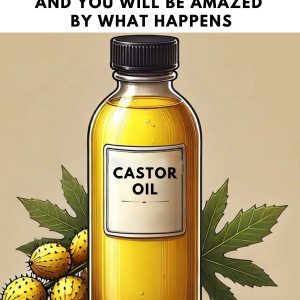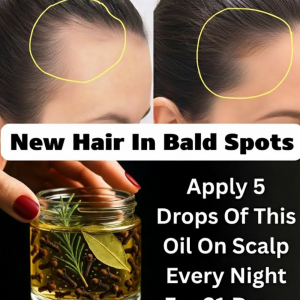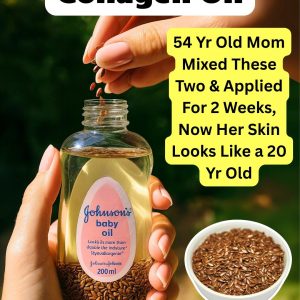
It’s an easy mistake to make. You’re halfway through a slice of bread, a piece of fruit, or a chunk of cheese before you suddenly spot it — that faint fuzzy patch. Mold. Your stomach turns. But is it always dangerous? Or can a bite or two of moldy food be harmless?
The truth is, it depends. The health risk varies depending on the type of food, the kind of mold involved, how much you ate, and even your immune system’s current state.
What Is Mold and Why Does It Grow on Food?

Mold is a type of fungus that thrives in damp, poorly ventilated spaces. It feeds on organic matter — which includes most of our food. When the temperature, humidity, and storage conditions are just right (or wrong), mold spreads quickly.
What makes mold tricky is that it doesn’t always show up on the surface right away. Sometimes it begins growing deep inside a food item long before it becomes visible. So that “clean-looking” slice of bread may already be compromised.
What Happens If You Accidentally Eat Mold?

1. Mild or No Reaction
In most healthy adults, eating a small amount of mold by accident isn’t likely to cause harm. The immune system usually handles it without issue. At worst, you might experience some minor digestive discomfort — maybe a bit of nausea or an upset stomach — but these symptoms usually pass quickly.
2. The Hidden Risk: Mycotoxins
Some molds don’t just grow — they produce mycotoxins, which are toxic compounds harmful to humans. If consumed in large amounts or repeatedly over time, these toxins can affect the liver, kidneys, or even the nervous system. Aflatoxins, one of the most dangerous types, are often found in moldy nuts, grains, and legumes stored in warm, humid environments.
3. Higher Risk for Vulnerable Groups
Certain individuals are more sensitive to mold exposure, even in small amounts. This includes infants and young children, the elderly, pregnant women, and people with weakened immune systems. For them, consuming moldy food can trigger allergic reactions, fungal infections, or serious food poisoning.
Foods Most Prone to Mold (And What to Do About Them)

Some foods are more susceptible to dangerous mold growth than others — and should be discarded at the first sign of contamination.
- Bread and pastries: Mold spreads invisibly throughout the loaf, even if only one spot is visible. Best to toss the whole thing.
- Soft cheeses (like cream cheese, ricotta, or cottage cheese): Once mold appears, the entire product is compromised.
- Soft fruits and vegetables (like peaches, tomatoes, or berries): Mold can penetrate deeply into their moist flesh. Discard completely.
- Dried fruits, legumes, and grains: Even when mold isn’t visible, certain fungi can develop in poor storage conditions and release toxins.
One exception: hard cheeses with intentional “noble mold,” such as Brie, Camembert, or Gorgonzola. These mold strains are safe and part of the fermentation process.
What You Should Do If You Find Mold

- Don’t just scrape it off. Mold roots can run deep, and removing only the top layer won’t remove the threat.
- Discard the food entirely, especially if it’s moist, soft, or has been open for a while.
- Inspect nearby foods, especially those stored together.
- Keep your pantry cool and dry. Good airflow and airtight containers go a long way in preventing mold growth.
A Final Word
Eating moldy food by mistake isn’t always dangerous — but it’s never a risk worth taking lightly. Some mold types can be relatively harmless; others produce toxins that build up silently and affect long-term health. To protect yourself and those around you, make it a habit to check your food before eating, store perishables properly, and when in doubt, throw it out.




